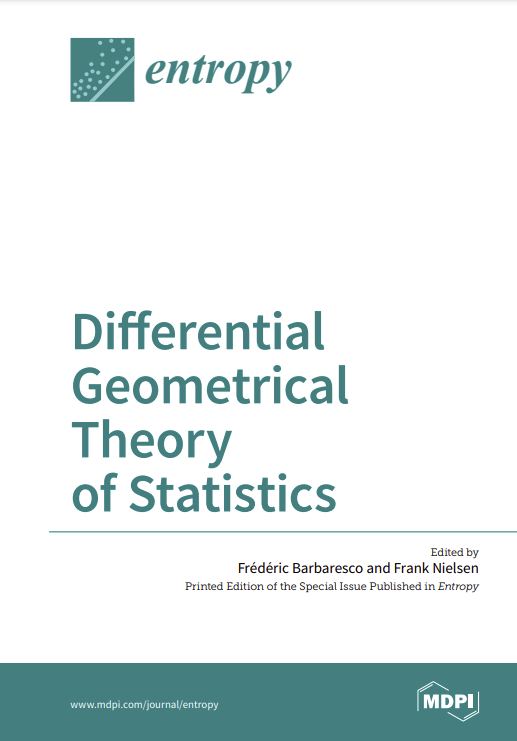Differential geometrical theory of statistics
Editorial: MDPI
Licencia: Creative Commons (by-nc-nd)
Autor(es): Barbaresco, F. y Nielsen, F.
The “calculation of probabilities” began four years after the death of René Descartes, in 1654, in a correspondence between Blaise Pascal and Pierre Fermat. They exchanged letters on elementary problems of gambling, in this case a problem of dice and a problem of “parties”. Pascal and Fermat were particularly interested by this problem and succeeded in “Party rule” by two different methods. One understands the legitimate pride of Pascal in his address of the same year at the Académie Parisienne created by Mersenne, to which he presented “the ripe fruit of our Geometry” (“les fruits mûrs de notre Géométrie” in French), an entirely new treaty about an absolutely unexplored matter, the distribution of chance in games. In the same way, Pascal, in his introduction to “Les Pensées”, wrote that under the influence of what Méré has given to the game, he throws the bases of the calculation of probabilities and composes the Treatise of the Arithmetical Triangle. If Pascal appears at first sight as the initiator of the calculation of probabilities, looking a little closer, its role in the emergence of this theory is more complex. However, there is no trace of word probabilities in Pascal's work. To designate what might resemble what we now call calculation of probabilities, one does not even find the word in such a context.
[Basel: 2017]
Compartir:
Una vez que el usuario haya visto al menos un documento, este fragmento será visible.


